Ishtiyaq Shukri's Scrapbook
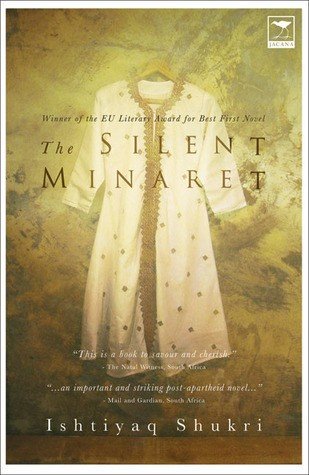
The Silent Minaret
Daring in both form and content, this novel of belief and betrayal shuttles between two connected moments in history and two countries linked by their colonial past and globalized present. A young, missing student's friends try to reconstruct his life as they search for him, looking back to South Africa's first democratic elections in 1994 and to the expat communities of post–September 11 London. What emerges is a picture of a man insisting on a common humanity and finding ways to unify ideologies even as his world is being divided.
I still get a lot of questions about the piece of music Frances hears coming from Issa's flat. It's not named in the novel, partly because I wanted readers to fill in the gap with their own favourite track, but also because not everything needs to be revealed; some withholding is good. But twenty years later, the question keeps coming up, so here's an option: If you really want to know, click here.
Of course, the question that most arises is: What happened to Issa? My answer remains the same: I honestly don't know. His flat is right at the entrance to Finsbury Park Tube Underground Station, so I walk past there all the time. Sometimes, I pause for a moment to look up at it, but mostly I don't. Twenty years on, I realise it's always going to be raw, so I just look down and hurry by, along with all the other commuters.
Finsbury Park from the time of The Silent Minaret
Thanks to Ewan Munro, here is Issa's building at 11 Wells Terrace, N4. It's opposite the entrance to the station. The Railway Pub has since closed, replaced by a ubiquitous coffee franchise. Thanks to Kake, here's the old entrance to Finsbury Park Station as it was in Issa's time. Thanks to bowroaduk, here's another pic of the old entrance to the station. Islington Residents has another pic of the old entrance and bus station. It was called the Wells Terrace entrance, now closed and redeveloped.
The graffiti wall outside the station has long since been demolished. Twenty years on, here are some pics of Issa's building, and the controversial redevelopment around Wells Terrace, the skyline now defined by towering penthouse high-rises, unaffordable to most young locals.
Loaded terminology like "regeneration" is commonly used to promote redevelopment projects across London. These expensive new complexes are common drivers of homelessness in the city, pushing up already inflated property prices, and forcing many old locals out of their neighbourhoods, and often, out of London for good.
Here's the other side of regeneration:
Museum of Homelessness, Finsbury Park
A People's History of Finsbury Park
Crisis homelessness charity - Together we will end homelessness
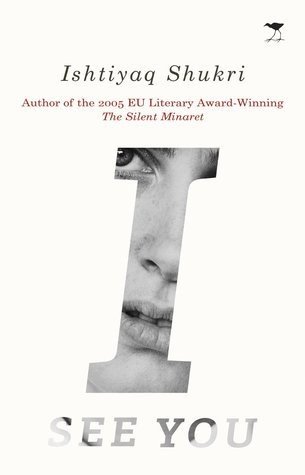
I See You
Leila Mashal, a medical doctor trained at Wits, has taken up politics. Her platform is a single issue: freedom. In declaring her candidacy, she wishes to make public her belief that ‘while South Africans hold the vote, they don’t hold the power’. She is also the wife of Tariq Hassan, a renowned photojournalist whose abduction from a Johannesburg hotel made international headlines. Held in solitary confinement in an unstated locale, Tariq contemplates his isolation, his life’s work, his longing for Leila, the nature of time, and the torturous effects of abject isolation on his mind. Flashbacks narrated - from both Tariq's and Leila's points of view – tell the central story of Tariq’s abduction. The novel uses different documents and formats to fill in the gaps. Radio interviews, emails, journal entries, newspaper articles, personal recollections – even an opera score – all expand the plot. They provide insight into Tariq’s career as a photojournalist, photographing people displaced by conflict and war, from Libya and Palestine, to Afghanistan and Kasalia – a fictional African country in the grip of a brutal civil war. Might Tariq’s exposure of covert South African involvement in the civil war in Kasalia have prompted his abduction?
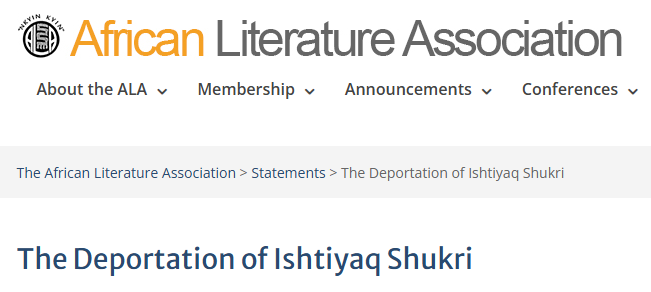
The African Literature Association - The Deportation of Ishtiyaq Shukri
Thank you to all the people and organisations who supported me during this difficult time.
My permanent British residence status was reinstated in 2019.
An Unwritten Life
A traumatised dissident writer known only by his first initial, “M,” is confined to a psychiatric facility in a lush suburb of Pretoria East. Determined to make the best of his diminished circumstances, he perseveres with his new manuscript before he loses his mind completely. During his confinement, he encounters the stories of two fellow inpatients: Totem, a non-binary adult entertainment illustrator on a digital detox, and Malika, a wealthy but desperate woman on the run from a violent marriage. While trying to focus on telling his own story, M also gets increasingly absorbed by theirs. What emerges is a sweeping tapestry of tales from Pretoria to Cape Town, London to LA, Durban to the Arabian Peninsula, revealing startling insights into contemporary British and South African urban subcultures. Hilarious and tragic, sacred and profane, cruel and kind, exquisite and horrendous, An Unwritten Life escalates the themes of the genre, pushing its characters to the very edge. It is a moving exploration of the mind, a painful enquiry into the nature of truth and honesty, and a wincing depiction of dysfunctional people struggling to overcome extremes of abuse, exploitation, dispossession, violence, and torture. They have confessed, but will they attain healing and absolution? Not for the faint-hearted, this is a devastating story told in Shukri’s distinctive interwoven narrative style. Reader discretion is advised.
.png)
New entrance to Finsbury Park Station, London, N4. Image by Ishtiyaq Shukri, January 2025.
.png)
Right: New entrance to Finsbury Park Station, N4. Centre: City North East Tower. Left: "Issa's building." Image by Ishtiyaq Shukri, January 2025.
.png)
"Issa's building," London, N4, now adjacent to the new City North Place development. Image by Ishtiyaq Shukri, January 2025.
.png)
"Issa's building," London, N4. Image by Ishtiyaq Shukri, January 2025.
.png)
City North Place Buses, Finsbury Park Station, N4. Image by Ishtiyaq Shukri, January 2025.
.png)
Old entrance to Finsbury Park Station, N4, in use at the time of TSM. Image by Ishtiyaq Shukri, January 2025.
.png)
City North Place Buses, Finsbury Park Station, N4. Image by Ishtiyaq Shukri, January 2025.
.png)
Old entrance to Finsbury Park Station, N4, in use at the time of TSM, opposite "Issa's building." Image by Ishtiyaq Shukri, January 2025.
.png)
Below: Old entrance to Finsbury Park Station, N4, from the time of TSM. Above and right: New City North Place development, East and West Towers. Image by Ishtiyaq Shukri, January 2025.
.png)
Old entrance to Finsbury Park Station, N4, in use at the time of TSM. Image by Ishtiyaq Shukri, January 2025.
.png)
City North Place, East Tower, rising above City North Place Buses, Finsbury Park Station, N4. Image by Ishtiyaq Shukri, January 2025.
.png)
The graffiti wall mentioned in TSM long since demolished and replaced by entrance to City North Place, leading to Finsbury Park Station, N4. Image by Ishtiyaq Shukri, January 2025.
.jpg)
Old entrance to Finsbury Park Station in use during the time of The Silent Minaret. Image, Ishtiyaq Shukri, 27 February 2025.
.jpg)
Old entrance to Finsbury Park Station in use during the time of The Silent Minaret. Image, Ishtiyaq Shukri, 27 February 2025.
.jpg)
Old entrance to Finsbury Park Station in use during the time of The Silent Minaret. Image, Ishtiyaq Shukri, 27 February 2025.
.jpg)
Old entrance to Finsbury Park Station in use during the time of The Silent Minaret. Image, Ishtiyaq Shukri, 27 February 2025.
.jpg)
Old entrance to Finsbury Park Station in use during the time of The Silent Minaret. Image, Ishtiyaq Shukri, 27 February 2025.
.jpg)
Old entrance to Finsbury Park Station in use during the time of The Silent Minaret. Image, Ishtiyaq Shukri, 27 February 2025.
.jpg)
Finsbury Park Mosque, London N4, inspiration for the title of The Silent Minaret. Image: Ishtiyaq Shukri, 27 February 2025.
.jpg)
Finsbury Park, London N4. Image: Ishtiyaq Shukri, 27 February 2025.
.jpg)
Finsbury Park, London N4. Image: Ishtiyaq Shukri, 27 February 2025.
.jpg)
Finsbury Park, London N4. Image: Ishtiyaq Shukri, 27 February 2025.
.jpg)
Finsbury Park, London N4. Image: Ishtiyaq Shukri, 27 February 2025.
.jpg)
Finsbury Park Mosque, London N4, inspiration for the title of The Silent Minaret. Image: Ishtiyaq Shukri, 27 February 2025.
.jpg)
Finsbury Park Mosque, London N4, inspiration for the title of The Silent Minaret. Image: Ishtiyaq Shukri, 27 February 2025.
.jpg)
Finsbury Park Mosque, London N4, inspiration for the title of The Silent Minaret. Image: Ishtiyaq Shukri, 27 February 2025.
.jpg)
Finsbury Park Mosque, London N4, inspiration for the title of The Silent Minaret. Image: Ishtiyaq Shukri, 27 February 2025.
.jpg)
Finsbury Park Mosque, London N4, inspiration for the title of The Silent Minaret. Image: Ishtiyaq Shukri, 27 February 2025.
.jpg)
Finsbury Park Mosque, London N4, inspiration for the title of The Silent Minaret. Image: Ishtiyaq Shukri, 27 February 2025.
.jpg)
Finsbury Park Mosque, London N4, inspiration for the title of The Silent Minaret. Image: Ishtiyaq Shukri, 27 February 2025.

Willem Arondeus
Picture by PicrylWillem Arondeus, Dutch artist and Nazi resistance fighter, (1894-1943): "Tell the world that homosexuals are not cowards."
Willem Arondeus, The Heroic Gay Resistance Fighter Of WWII.
Stephen Fry: Willem & Frieda - Defying Nazis (2023)
Stephen Fry explores a remarkable story of forgery, sabotage and audacity by the Dutch Resistance that saved thousands of Jews from Nazi death camps. How has it remained hidden for so long?
Watch Stephen Fry: Willem & Frieda - Defying Nazis | Stream free on Channel 4
Defying Nazi Persecution
.png) Picture by PickPik
Picture by PickPik
Born in South Africa in 1968
I am the fourth generation
Of people who were not born free
So I never take freedom for granted
It must be defended
At the first sight of tyranny
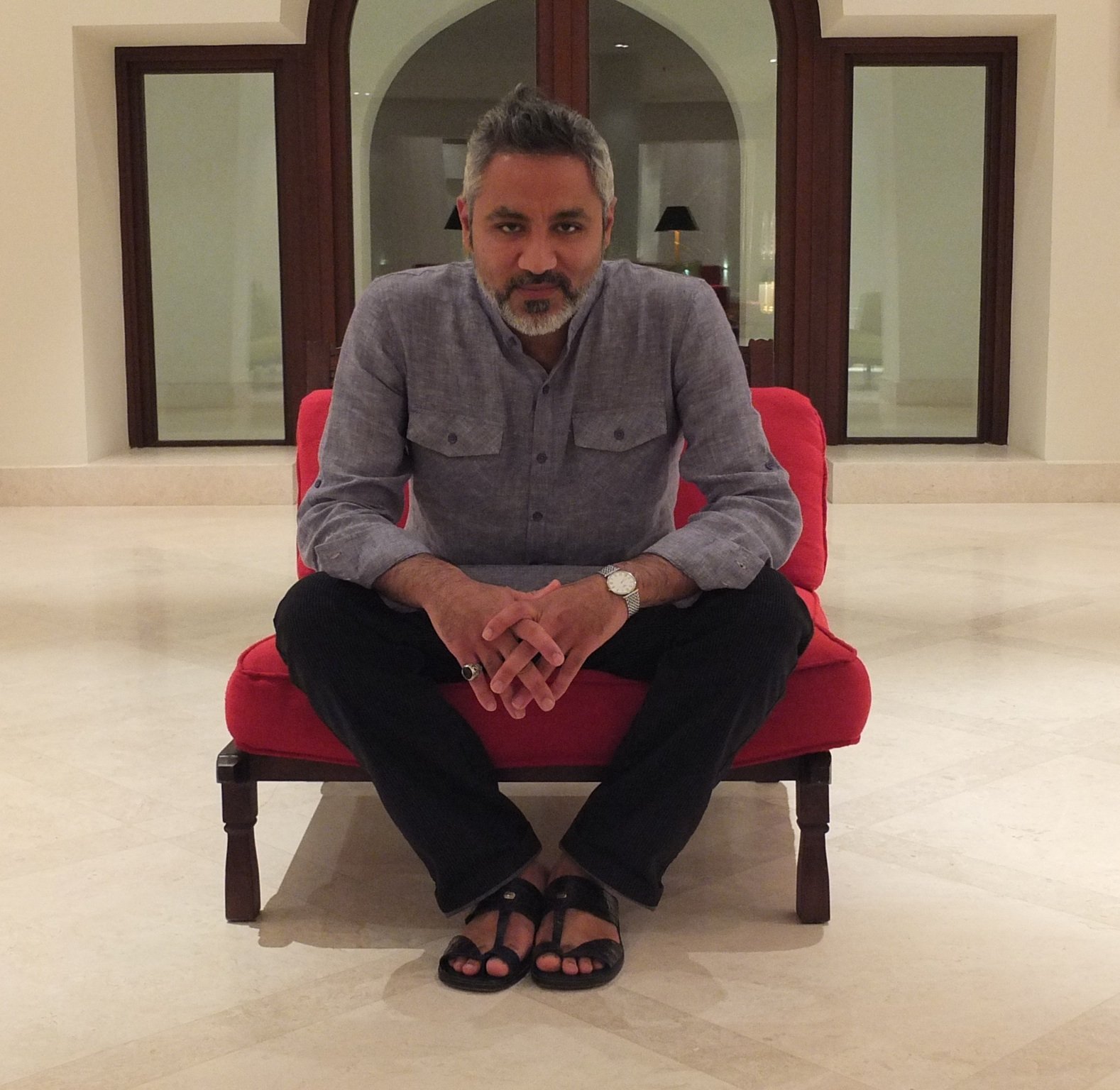
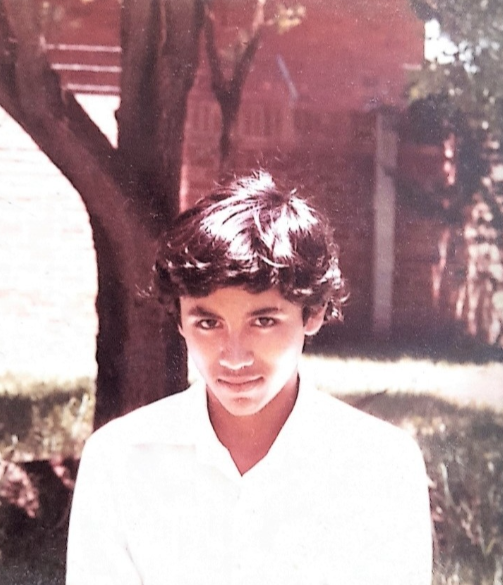
.png) Picture by
Picture by